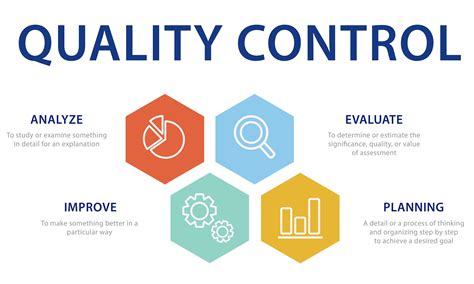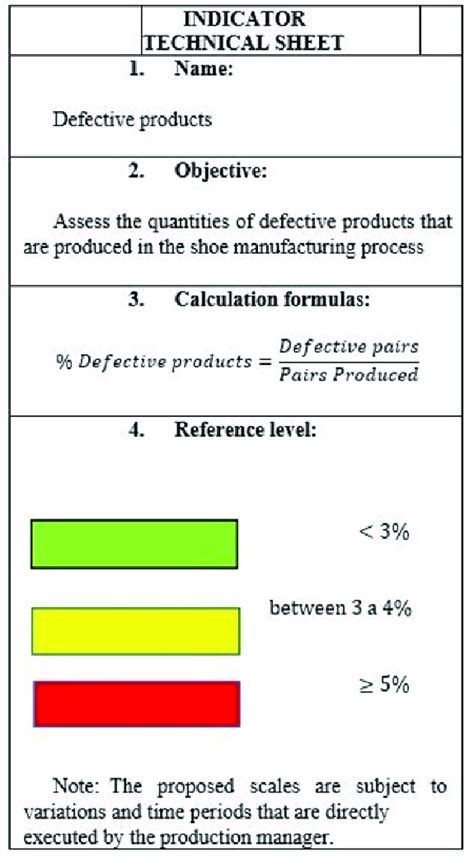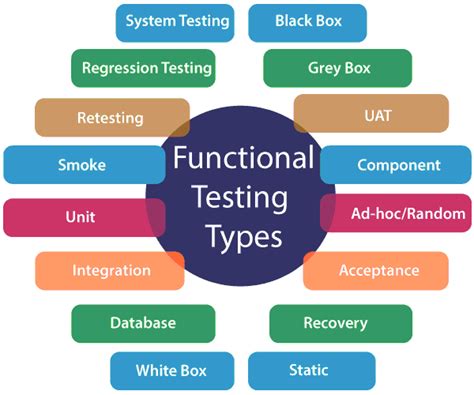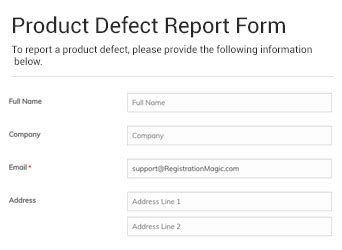Identifying Quality Issues in Products: A Comprehensive Guide
Understanding the Basics of Quality Control in Products
Quality control (QC) is an essential component in ensuring that products meet established standards and customer expectations. The role of QC spans across industries, impacting both manufacturing processes and final goods. Knowing how to identify quality issues is crucial for anyone looking to maintain high standards in production or consumer safety.

Key Indicators of Product Quality Issues
Recognizing the signs of quality problems early can help reduce waste and maintain brand reputation. Key indicators of product quality issues include:
- Material Defects: Issues in raw materials impact final product quality.
- Performance Degradation: Products failing to perform to specifications signal quality defects.
- Inconsistent Dimensions: Discrepancies in size, shape, or weight often indicate production flaws.

How to Conduct Visual Inspections for Quality
Visual inspection is a straightforward and commonly used method in quality control. Steps in a visual inspection include:
- Check for surface damage, such as cracks, scratches, or discoloration.
- Inspect structural integrity by examining joints, edges, and welds.
- Confirm that all parts are present and correctly assembled.
The Importance of Functional Testing
Functional testing verifies if the product performs as expected under specific conditions. This type of testing is vital for products with mechanical or electrical components.
Common functional tests include:
- Operation checks to ensure proper functionality.
- Environmental testing to simulate real-life usage conditions.
- Durability testing to gauge product lifespan.

Leveraging Quality Control Tools
Using specialized tools in QC processes can improve precision in detecting quality issues. Examples include:
| Tool | Purpose |
|---|---|
| Calipers | Measures dimensions with high precision. |
| Spectrometers | Analyzes material composition. |
| Thermometers | Monitors temperature-sensitive products. |
Understanding Common Causes of Quality Issues
Several factors contribute to quality problems in products, including:
- Supplier Issues: Poor-quality materials can lead to downstream quality problems.
- Manufacturing Process Errors: Mistakes in production can introduce flaws.
- Human Error: Incorrect handling or inspection can result in defects.
Documenting and Analyzing Defects
Documenting quality issues is vital to understand trends and prevent recurrence. Key steps in defect analysis include:
- Recording the defect type and location.
- Analyzing frequency and patterns.
- Developing corrective actions based on root cause analysis.

Effective Communication with Suppliers for Quality Assurance
Maintaining open communication with suppliers is essential for preventing quality issues. This includes:
- Setting clear quality expectations and standards.
- Regularly auditing supplier processes and outputs.
- Collaborating on improvements when issues arise.
Quality Control Best Practices for Manufacturers
Adopting best practices in manufacturing ensures consistent product quality. Key practices include:
- Employee Training: Educate staff on quality standards and inspection techniques.
- Quality Audits: Conduct internal audits to verify adherence to procedures.
- Continuous Improvement: Use feedback to refine production processes.
Creating an Effective Quality Management System (QMS)
A well-designed QMS helps identify and resolve quality issues systematically. Important components of a QMS include:
- Defining quality objectives aligned with customer requirements.
- Establishing procedures for monitoring and measuring quality.
- Regularly reviewing and updating the QMS to ensure effectiveness.
Summary Table of Key Quality Control Points
| Quality Control Aspect | Description |
|---|---|
| Visual Inspection | Checks for obvious defects in appearance and structure. |
| Functional Testing | Verifies product performance under specified conditions. |
| Defect Analysis | Documents and analyzes defect trends for improvement. |
| Supplier Communication | Ensures suppliers understand quality expectations. |
| Quality Management System | Provides a systematic approach to quality assurance. |
Frequently Asked Questions
What are the main causes of quality issues in products?
Quality issues often stem from supplier materials, manufacturing errors, or inadequate inspection processes.
How can visual inspection help in identifying quality issues?
Visual inspection allows for quick detection of surface defects like scratches, cracks, and structural inconsistencies.
What is the role of functional testing in quality control?
Functional testing ensures that a product operates correctly under intended conditions, verifying its performance and durability.
Why is defect analysis important in quality management?
Defect analysis identifies trends, helping to resolve root causes and improve future production quality.
How can a Quality Management System prevent quality issues?
A QMS provides structured processes to monitor, measure, and continuously improve quality, preventing issues proactively.
What are some best practices for manufacturers in quality control?
Best practices include thorough employee training, conducting regular audits, and adopting continuous improvement strategies.
How can I ensure my supplier meets quality expectations?
Maintaining open communication, auditing processes, and setting clear quality standards can help ensure suppliers meet quality expectations.


